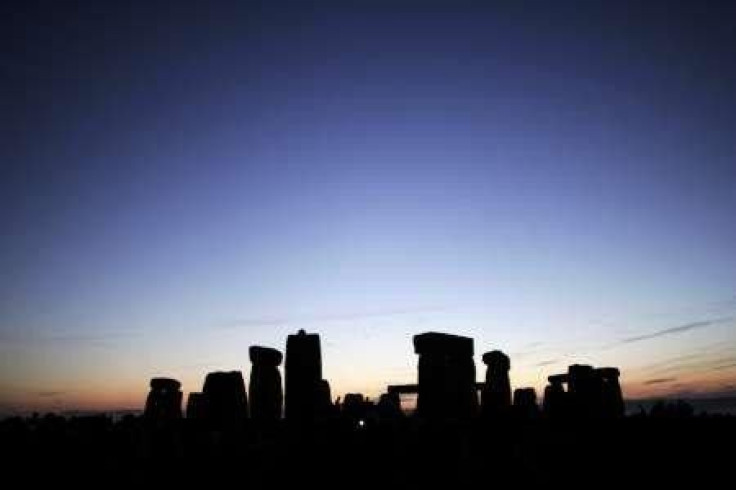Groundbreaking Discovery At Stonehenge: A 6,000-Year-Old Campsite Found

The British government was planning to make a tunnel underneath the Stonehenge for the purpose of relieving one of the most traffic-congested roads in Britain, the A303, which is the main route to the South West. The government had announced that they would make a tunnel that is 1.8 miles and would cost 1-billion pounds while being situated underneath the historical monument. But now, archaeologists have discovered an ancient 6,000-year-old campsite at the Stonehenge. The discovery has been described as the "most important discovery at Stonehenge" in more than 60 years by Professor Tim Darvill of Bournemouth University.
According to the Daily Mail, the archaeologists have asked the government to rethink its plans after the campsite was discovered as they feel that the campsite could be the key to unlocking the mystery that surrounds the historical monument. They have alerted the government that if the tunnel was to be made according to the plan, then a chance would be missed to learn more about the earliest chapters of the history of Britain.
David Jaques is an archaeologist who made the discovery of the campsite called Blick Mead. Jacques told The Daily Telegraph that the prime minister was interested in the re-election, which was in 140 days while the team of archeologists were interested in learning and discovering how the ancestors lived 6,000 years ago. He said that the campsite could provide an answer to the story about the historical monument's past and that the archaeologists had been searching for the answer for centuries.
The evidence of the campsite was unearthed when a series of digs was made 1.5 miles away at Amersbury, which is next to the A303. It has been assumed that Blick Mead was occupied by hunter-gatherers who had returned to Britain when it was still attached to the mainland of Europe.
Andy Rhind-Tutt, the chairman of the Amesbury Museum and Heritage Trust, spoke against the move of the construction of the tunnel by the British government. He explained that the traffic congestion to one of the most visited attractions in Britain could not be solved by making a tunnel. He suggested that a more practical solution was looked at to avoid traffic congestion.
Contact the writer: afza.kandrikar@gmail.com






